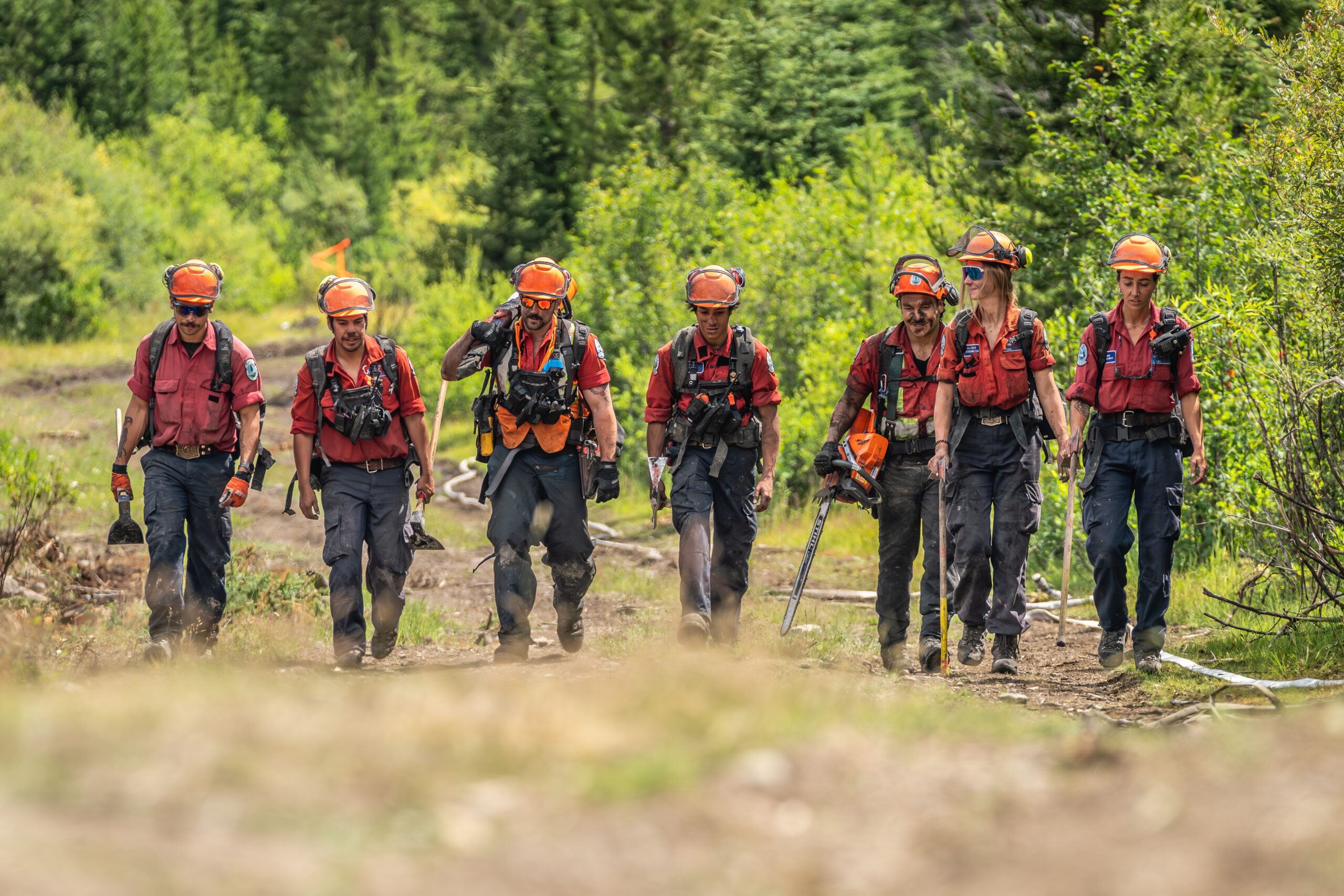Cooler overall temperatures amid a rainier-than-expected summer made for a calmer wildfire season than officials anticipated.
“It’s been pleasantly slower than the last number of years,” said Dale Bojahra, regional wildfire coordinating officer for the Kamloops Fire Centre.
For several years the province’s Interior has endured, in Bojahra’s words, “pretty tremendous” fire seasons, with significant loss of forested hectares and personal property.
While early weather models predicted a chance for another hot and potentially turbulent fire season, that ended up not being the case. Why? Bojahra said intermittent rainfall sprinkled throughout bouts of typically hot weather is to thank.
“Every week to two weeks we’ve been getting some showers and that’s pretty impactful to our fire behaviour,” he said.
The Chronicle caught up with Bojahra in mid-August and the weather forecast called for more of the same. And, as we get closer to fall, the nights grow longer and cooler with rising overnight humidity. He said this reduces the fire hazard as brush, grass, trees and other fuels are filled with moisture.
While several fires were sparked in the Interior, including the Whelan Creek wildfire near Kelowna and a blaze between Lytton and Lillooet early in the season, the vast majority of hectares burned in B.C. were in the north, said Bojahra.
The decline in local fire activity gave crews the opportunity to head north or even out of province to assist in wildfire fighting efforts. Nick Las, an initial attack crew supervisor out of Kamloops, just returned from Mayo in the Yukon.
The Yukon has less infrastructure, meaning there are less properties and other valuables to protect, said Las. This means firefighters take a more strategic approach to fighting fires and don’t tackle every blaze that sparks up.
“Every fire in B.C. is threatening something of value,” said Las, adding this includes forests designated for logging.
Las has been fighting fire for 10 years, saying the time has passed quickly because he’s lived it in three-month chunks of time.
This past season has definitely been slower – and wetter – than most in his career. For him, the 2017 season was the worst in his professional memory.
That summer saw 1,300 fires engulf the province between April and November, costing B.C. more than $560 million. More than 1.2 million hectares burned.
“That kind of rewrote a lot of our understanding of fire,” he said. “It’s been a bit of a different world since then, which is why seasons like this where it rains more often and there isn’t smoke everywhere is nice to see.”
When all is said and done, wildfires have been known to spark and burn well into September, with the 2003 season burning into October. If anyone spots smoke in their local forest, Bojahra encouraged people to report it using the B.C. Wildfire Service app.
The app allows the spotter to submit a photo which the app will use to identify the exact location of the blaze and many other factors such as wind direction and types of fire fuel in the area., he said.
“Just from a simple photo we can quickly start getting ideas on what kind of fire activity we’re really looking at,” said Bojahra. “It’s so critical and helpful.”
As of Aug. 8 there were 156 fires in the province and a total of 5,191 hectares burned. This was below the ten-year average of 231 fires and 100,165 burned hectares.

